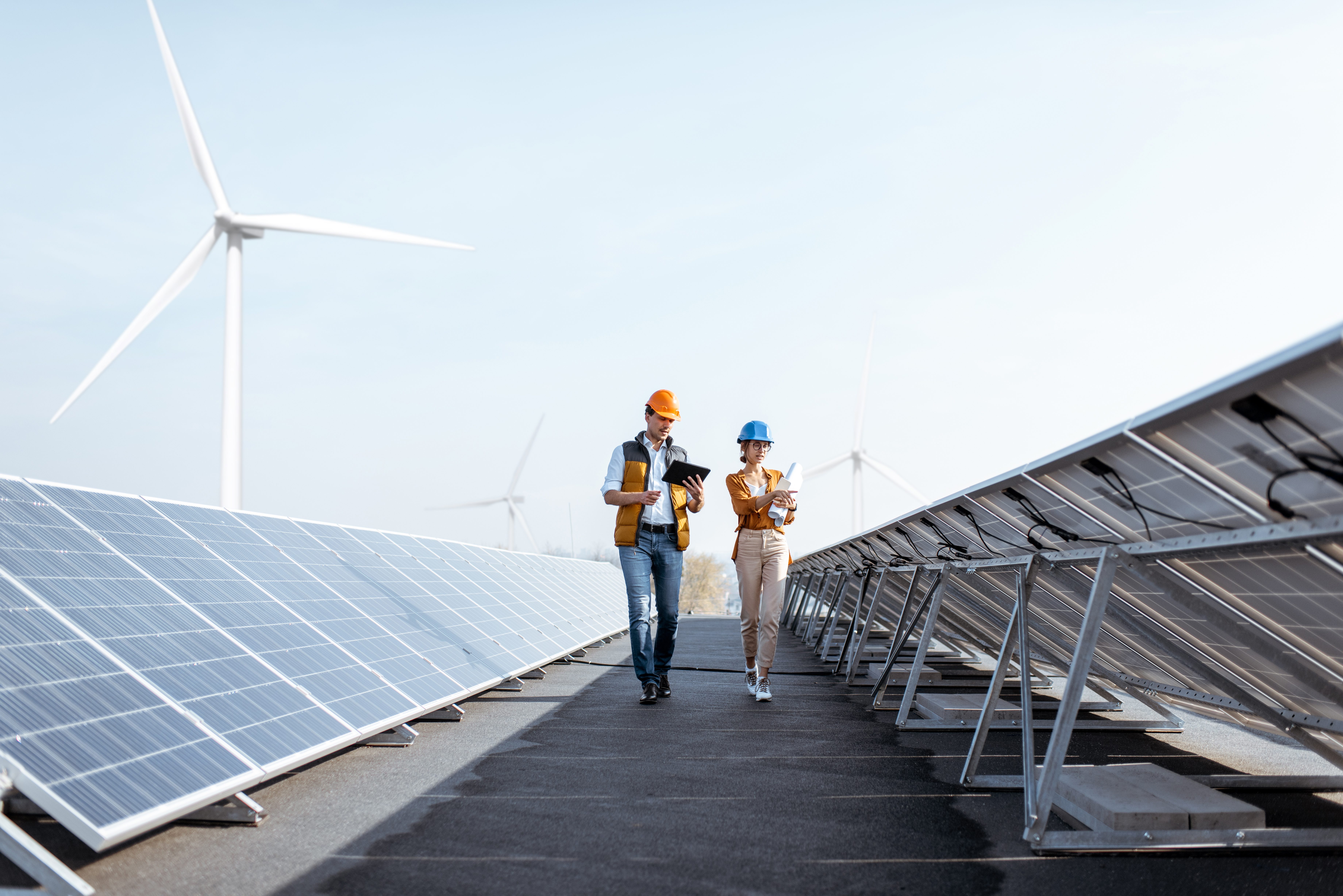Reuters’ recent Energy Transition Europe conference brought together experts from around the globe to discuss the most pressing topics in the energy world. I had the opportunity to speak at the event, and to interact with a variety of industry leaders. Here are my takeaways from the event.
The green transformation is underway – and it’s about much more than renewables
Conference participants agree: Adopting green, sustainable energy is the world’s only option for meeting climate goals. The good news, as leaders from ACWA Power, McDermott, EDP Produção, Uniper, and Wärtsilä shared, is that globally we have already successfully begun decarbonizing using proven, readily available technologies. ADMS, microgrids, and demand response are just a few examples of green and digital technologies that can be applied now with a very solid return on investment.

There is no question on the appetite for sustainability
Energy stakeholders – including investors, consumers, employees, and governments – see sustainability as a major opportunity. And not just from an environmental point of view. It’s clear that stakeholders are increasingly seeking out green energy opportunities for financial returns, but also as a competitive differentiator, and to improve customer loyalty, and employer attractiveness. Many actors are united in a pledge to take action across generation, distribution, and consumption – the only way to change the climate trajectory is a concerted effort.
Managing the demand side is a must – and it needs a boost
How is the demand side changing the energy equation? Energy companies need consumers to change their behavior to better balance the grid, but the challenge is how to manage and support them as they make the transition from passive consumers to active participants. We need the right kinds of enabling policies combined with the right digital technologies – and the latter is readily available today. Today there are only a few countries, e.g., Australia, where policies are in place to prepare a more balanced future, there is room to accelerate across the globe and here in Europe, as well.
Electrification will hold a lion’s share of the future energy mix
Hydroelectricity, wind, and solar technology are already present across the board. There is a large consensus that electricity will hold a lion’s share of the energy mix. I also saw that green hydrogen was a hot topic, with many companies exploring it. But we still have to find out how its cost will be driven down, even if we only expect it to address the heaviest applications, which are perhaps 10% of the big picture. There are also many questions to be answered about the safety and deployment of this solution.
Going digital reduces risk and increases agility
Another prevailing opinion was how digital technology increased their agility and productivity over the past year, particularly while coping with COVID-related business challenges. While the participants reported that their digital technology adoption has varied up to this point – from minimal to almost fully digital operations — the consistent message was that having seen the benefits in action, they’re now willing to make some of the changes permanent and increase digitization across their businesses.
Overall it was a great event, and I look forward to further installments in the Reuters series. In the meantime, I invite you to watch the keynote now.



